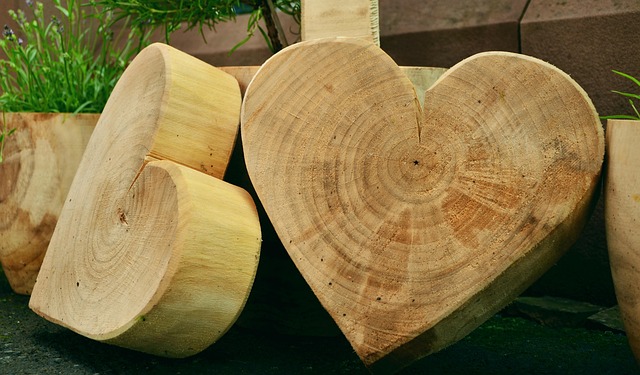Crafting Beauty: The Intersection of Art and Design in Woodworking
Woodworking art is not merely a hobby; it’s a passionate journey where creativity meets craftsmanship. The blend of art and design in woodworking creates a unique space where imagination and skill unite, resulting in stunning functional pieces that not only serve a purpose but also tell a story.
The Artistic Side of Woodworking
At its core, woodworking is an art form that celebrates the natural beauty of wood. Each piece of timber has its unique texture, color, and grain, offering endless possibilities for artistic expression. Woodworkers often find inspiration in nature, allowing the environment to influence the shapes and forms they create. From intricately carved sculptures to elegant furniture, woodworking art reflects the personality and vision of the artist. The act of transforming raw materials into a masterpiece can be both meditative and fulfilling.
The Design Element
While artistry is essential in woodworking, the aspect of design brings a structural and functional assurance to the creations. A well-designed piece of furniture or decor melds aesthetics with practicality, making it not just beautiful, but also user-friendly. The challenge lies in the harmonious integration of form and function. For instance, a dining table should be visually appealing yet sturdy enough to withstand daily use. Here, the woodworking artist becomes a designer, thoughtfully considering proportions, materials, and how the piece interacts with its environment.
The Process of Creating Woodworking Art
The journey of producing woodworking art often begins with a sketch or a concept. This stage is where the artist allows their creativity to flow freely, envisioning how the final piece will manifest. Transitioning from concept to reality requires a blend of artistic intuition and technical skill. The selection of the right type of wood is crucial; each species offers different colors and textures that can greatly influence the final outcome.
Once the design is finalized, the careful process of cutting, shaping, and assembling begins. A woodworking artist must have patience and a keen eye for detail, as even the smallest miscalculation can alter the entire piece. The challenge is to maintain the artistic vision while adhering to the practicalities of woodworking, creating a balance that resonates with the audience.
Embracing the Human Touch
The heart of woodworking art lies in its human element. Each piece carries the maker’s fingerprint, a reflection of their skills, tools, and time invested. Unlike mass-produced items, handcrafted wood pieces resonate with stories, emotions, and individual craftsmanship. They invite observers to appreciate not just the item itself, but also the dedication and passion that went into it.
In today’s fast-paced world, where technology often overshadows traditional practices, woodworking art stands as a testament to the enduring value of handmade creations. It encourages a deeper connection with our surroundings and invites us to embrace the beauty of imperfection innate in craftsmanship.
As both an art form and a design discipline, woodworking offers limitless possibilities for exploration and innovation. Whether you’re a seasoned artisan or an enthusiastic beginner, immersing yourself in the world of woodworking art can be a fulfilling way to express your creativity and make your mark on the landscape of applied arts.




